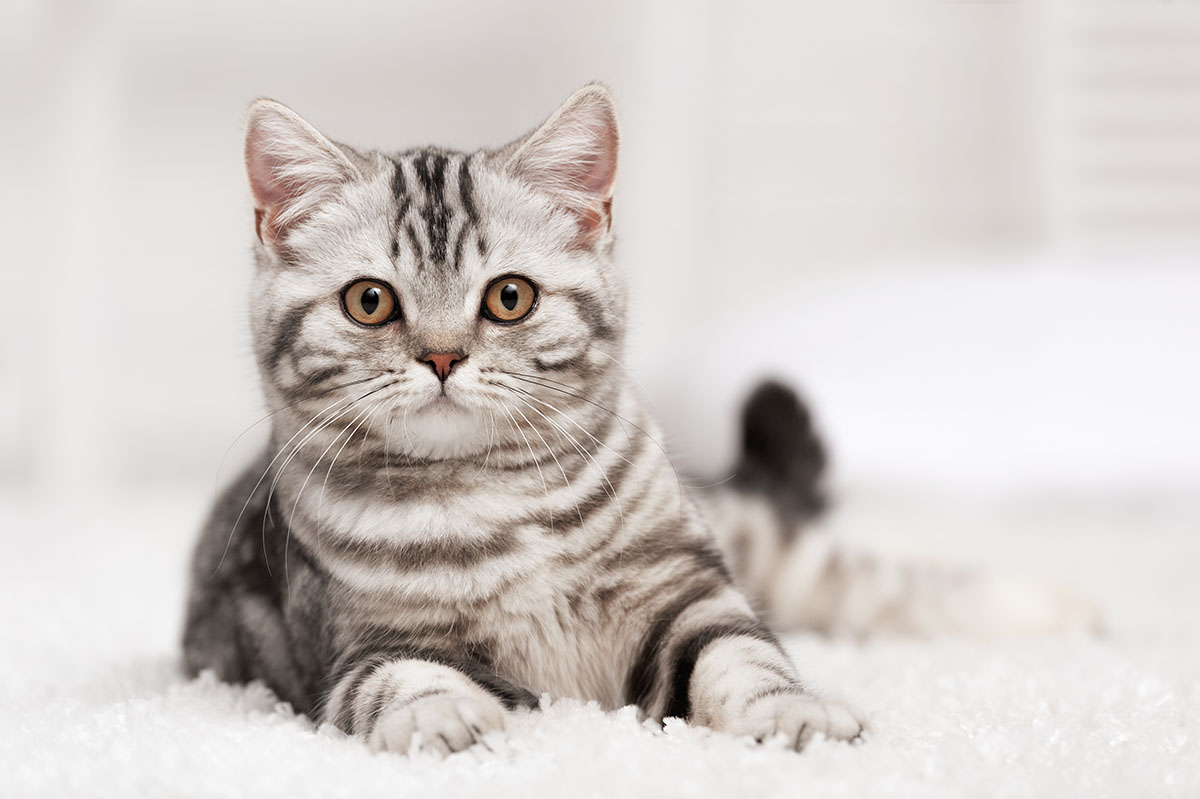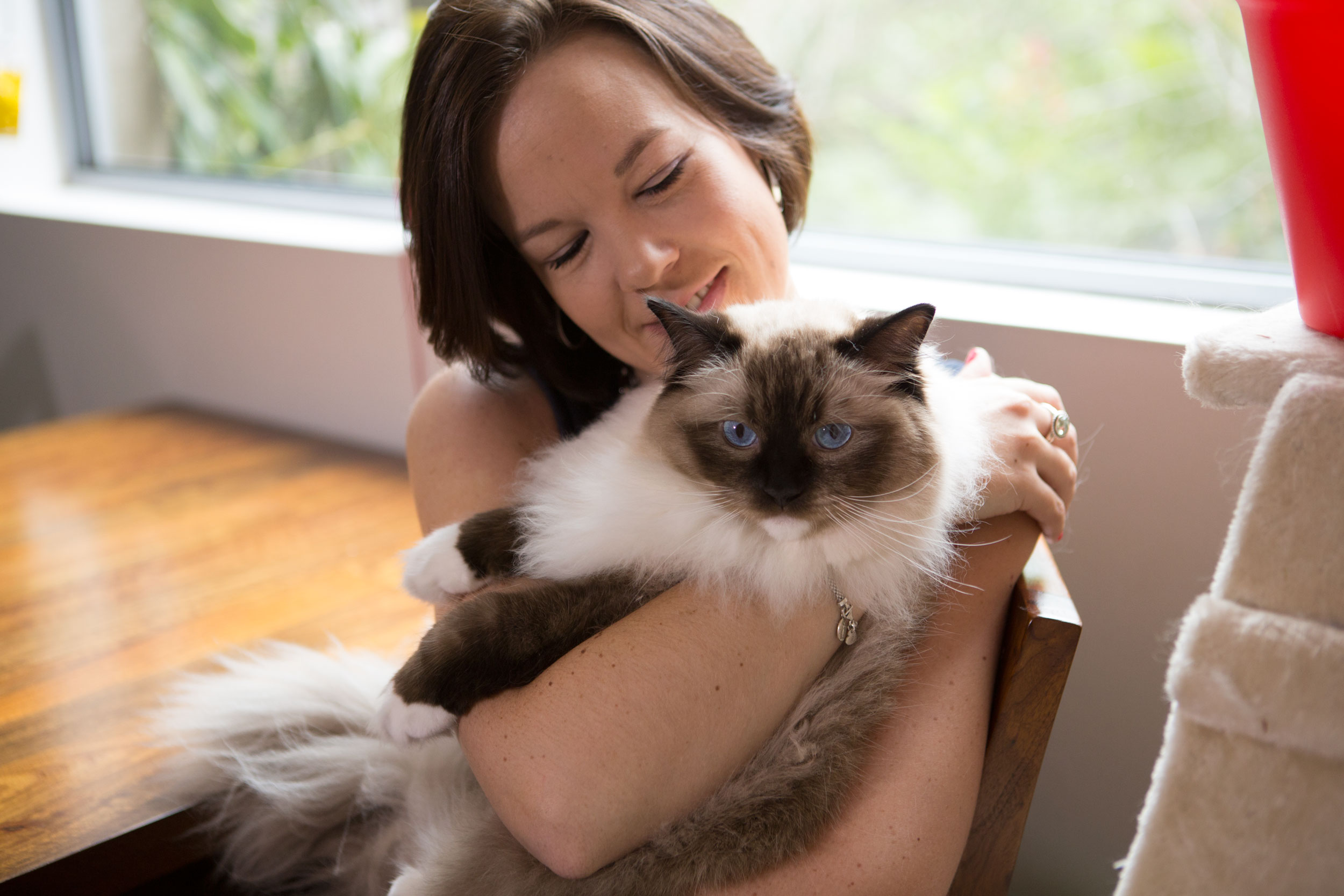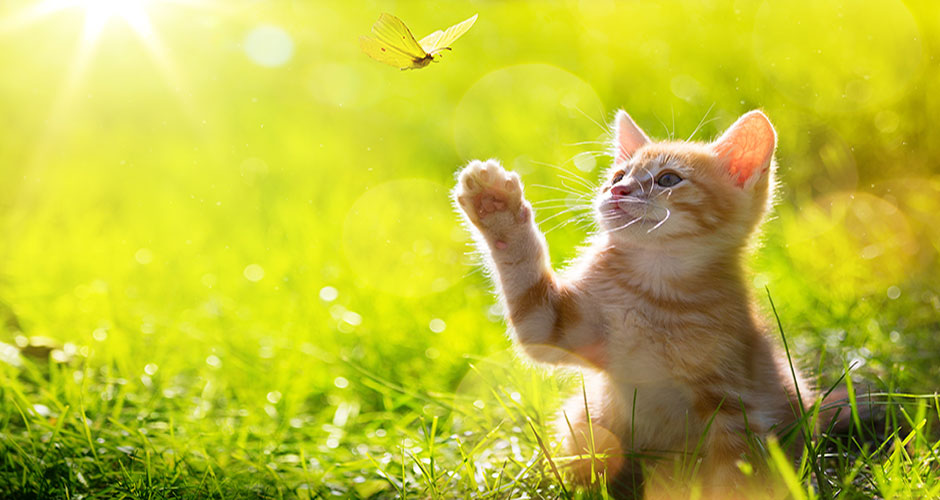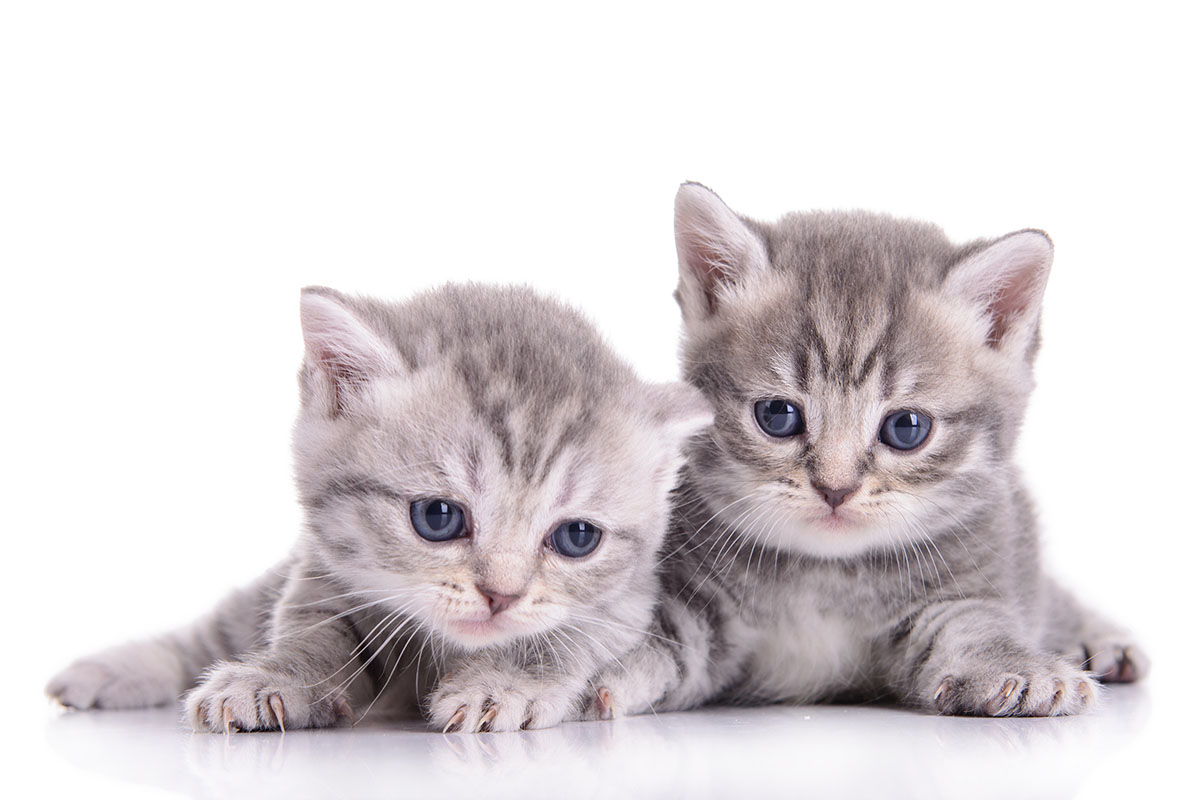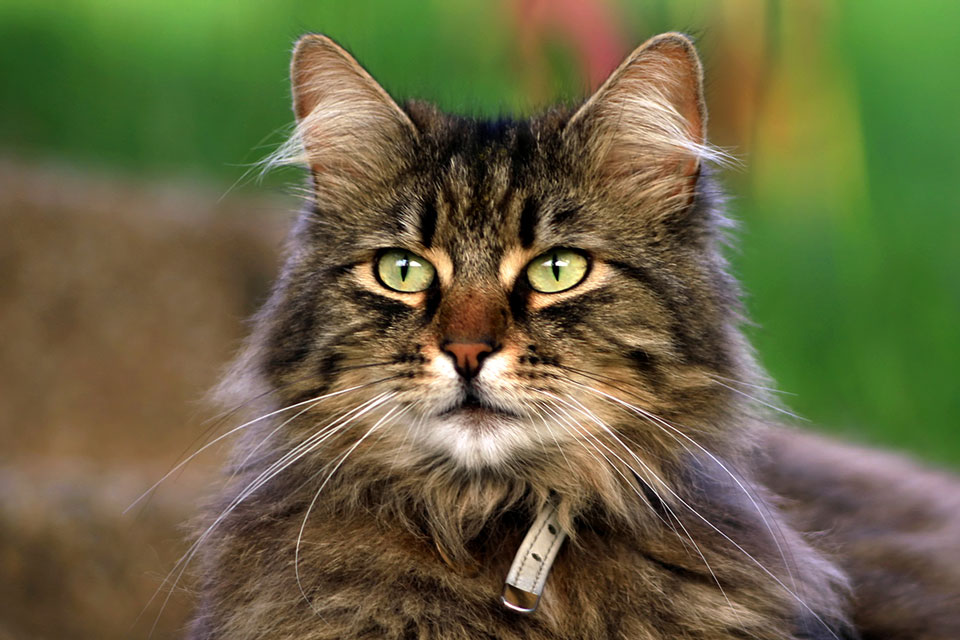Humans are extremely verbal creatures. We can express how we feel quite effectively using only words. While most of their communication is body language, cats do communicate verbally – especially with humans. Sadly, just as they probably don’t understand much of our language, we don’t understand much of theirs. This can lead to barriers in understanding and communication between our two species. Here are some ways you may not realise that your cat is trying to communicate with you verbally:
Meowing
Did you know that cats hardly ever meow at one-another? Your cat’s meow is reserved solely for you, her human family. This means, your cat’s meow is her way of expressing different emotions and needs to you, so it’s quite important to pay attention to what she’s saying.
Here are a couple of reasons your cat might meow:
- Because she wants something, like food
- To welcome you home after a long day
- To get your attention
- To express love or admiration
- To express loneliness or boredom
- To tell you that she’s feeling unwell
- As way of telling you she’s concerned or stressed
How do I tell the difference between various meow sounds?
Listen to the pitch, loudness and intensity of the meow to help distinguish what your cat might be trying to say. According to cat behavioural experts at the Human Society, there are two main types of Meows:
- A long, wistful or sigh-like “meooooww,” which is more likely to be a sign of sadness or worry.
- A shorter, high-pitched chirp – “meew” – more likely to indicate a need for attention.
However, it’s important to remember that all cats are different, and communicate in different ways. If you do notice a change in the frequency or sound of your cat’s meow, it could mean your cat is not feeling well, either emotionally or physically. Be sure to check with your vet if you are concerned about what your cat might by trying to tell you.
Purring
If you are a cat-owner, you’re probably no stranger to the soft, soothing sound of purring. Usually cats purr at the happiest of times, when they’re feeling comfortable, content and at ease. But, did you know that cats also purr when they’re feeling worried or sick? Think of it as similar to the way a child might self-sooth in times of discomfort by sucking their thumb.
How do I tell the difference between purrs?
If your cat’s body is floppy and calm, she is probably purring out of comfort. On the other hand, if her body is rigid and her ears are back, she might be uncomfortable. If you do notice changes in the sound or frequency of your cat’s purr, it’s worth paying your vet a visit.
Hissing
The intent of this message is much more obvious. If your cat hisses, it’s her way of showing that she’s ready to fight her ground. Cat’s, like dogs, show aggression when they feel like themselves, their territory, or their offspring are being threatened. Remember, all cats are different. For example, some might not be overly fussed about the presence of a dog in the house, while another cat will go into frenzy. If your cat hisses, look out for the following signs that they might become violent.
- Growling or spitting
- Stiffness of body
- Arched back
- Upright ears
- Staring directly at the perceived threat
- Hairs puffed up
If you notice any of the following signs in your cat, attempt very dangerous when they become aggressive.


